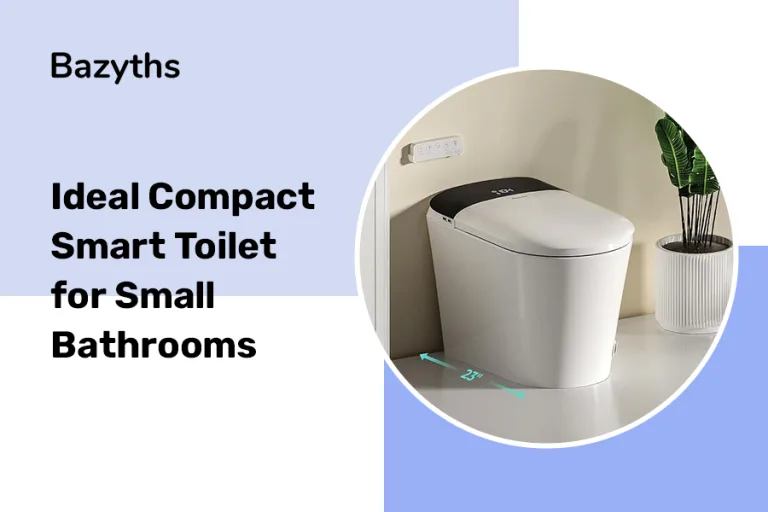How a Houston App Development Company Scaled Our App to 1M+ Users
In the bustling digital landscape, launching an app is a feat — but scaling it to over 1 million users is a whole different ballgame. Our journey from startup to success was not just a story of innovation, but one of partnership. At the heart of that success was a Houston mobile app development company that transformed our vision into a scalable, user-loved digital product.
This is our story how a Houston app development company took our app from an idea sketched on a napkin to a platform with over a million engaged users.
The Initial Vision: A Simple App, a Big Problem to Solve
We had a concept. A niche solution in the productivity space that we believed could help remote teams manage projects more visually and intuitively. At its core, the idea wasn’t groundbreaking but the execution had to be flawless.
After struggling to find the right technical partner locally, we expanded our search and eventually landed on a Houston mobile app development company with an impressive portfolio, a strong grasp of scalable architecture, and a proven track record in both iOS and Android development.
Why Houston? A Strategic Choice
Choosing a Houston app development company wasn’t just about technical expertise — it was about finding a partner that understood business goals. Houston, known for its booming tech scene, diverse talent pool, and thriving startup ecosystem, proved to be the ideal environment to find forward-thinking developers with entrepreneurial insight.
The firm we partnered with offered more than just code — they brought a product mindset, helping us align features with user value and future monetization.
Stage One: Rapid MVP Development
Our initial goal was to test the market fast. The Houston team approached the development process with an agile, sprint-based model. Key features included:
- A drag-and-drop task board
- Integration with popular productivity tools like Slack and Google Drive
- A sleek mobile UI optimized for both Android and iOS
They built our Minimum Viable Product (MVP) in under 12 weeks — faster than we expected, yet with impressive polish. Even in the early beta, our app gained attention from early adopters through Product Hunt and Reddit.
Key success factors:
- User-centric design: Conducted by in-house UX researchers.
- Robust backend: Built using AWS and Firebase for real-time updates.
- Scalable codebase: Using Flutter for cross-platform consistency.
Stage Two: Growth Infrastructure and Early User Feedback
With early traction (about 5,000 downloads in the first two weeks), it was clear we had potential. But our app wasn’t ready for scale.
The Houston app development company immediately shifted gears, prioritizing the infrastructure needed to grow. This involved:
- Backend refactoring to handle increased load
- Implementing analytics to track user behavior
- A/B testing tools integrated to test different onboarding flows
They helped us understand where users were dropping off and redesigned those segments. As a result, we saw a 22% improvement in user retention within just one month.
Stage Three: Marketing Tech and Virality Engineering
We knew organic growth would plateau unless we built virality into the app. The Houston team introduced several growth loops:
- Referral programs: Offering free months of premium service for inviting friends
- Gamified onboarding: Rewarding early actions with badges and unlocks
- Social sharing tools: Users could share tasks or boards on social media
They even collaborated with our marketing team to integrate deep linking and push notification strategies, using Firebase and OneSignal.
Within 6 months, we hit 100,000 users.
Stage Four: Scalability & Performance Optimization
As we approached the 250,000 user mark, we started facing growing pains — slower load times, some crashes, and occasional sync issues.
The Houston developers responded swiftly:
- Migrated parts of the backend to microservices architecture
- Leveraged CDNs and image optimization to reduce load
- Upgraded database queries to reduce latency
- Rolled out auto-scaling on AWS to meet demand spikes
These backend improvements, though invisible to the end user, drastically improved performance metrics:
- 3x faster sync times
- 40% reduction in crash reports
- 99.99% uptime during peak hours
Their dedication to performance ensured we retained our hard-earned users and continued to grow.
Stage Five: Monetization and Premium Features
User growth is great, but it’s not sustainable without a business model. Working with the Houston app development company, we introduced a freemium structure:
- Basic features remained free
- Premium users gained access to advanced filters, team analytics, and integrations
They developed in-app purchase flows, secured Stripe payment integration, and ensured our backend could handle subscription management and payment compliance globally.
Our conversion rate from free to premium was a respectable 4.3%, which generated enough revenue to fuel further marketing and development.
Stage Six: Localization and Global Expansion
With user demand increasing globally, we decided to go international. The Houston-based team again stepped up, implementing:
- Multi-language support using industry best practices
- Time-zone-aware scheduling tools
- Optimized UX for right-to-left languages like Arabic and Hebrew
By the end of year two, 35% of our users were outside the U.S., and localization significantly boosted engagement in markets like Brazil, Germany, and India.
Technologies That Powered the Journey
Throughout the scaling process, the tech stack evolved. Here’s what powered our app behind the scenes:
- Frontend: Flutter for mobile; React for web dashboard
- Backend: Node.js, Firebase, AWS Lambda
- Database: Firestore + PostgreSQL (hybrid model)
- CI/CD: Bitrise for mobile builds, GitHub Actions
- Monitoring: Sentry, Google Analytics, Mixpanel
- Payments: Stripe and PayPal
- Push Notifications: OneSignal + Firebase Cloud Messaging
The Houston mobile app development company not only recommended these technologies but handled the full implementation, ensuring each integration supported scale and performance.
Why This Houston App Development Company Was Different
We worked with many agencies and freelancers before, but this team stood out due to:
- Product Ownership – They didn’t just “build what we asked.” They challenged us, offered alternatives, and focused on what would drive value.
- Startup Mentality – Their team operated with urgency, making decisions quickly, iterating fast, and working closely with our marketing and design teams.
- Transparent Communication – Weekly sprints, demo days, and Slack updates kept everyone in sync.
- Scalable Thinking – Every technical decision was future-proofed for growth, saving us immense technical debt.
Challenges Faced Along the Way
No growth story is perfect. We faced challenges too:
- Data migration nightmares when transitioning database formats
- User support overload as our audience grew
- Security compliance delays during enterprise client onboarding
- Scaling team processes internally to match external growth
But each challenge was met head-on, with the Houston team supporting us technically and sometimes even helping us recruit and train our internal developers.
Where We Are Today: Over 1 Million Users and Growing
Today, our app serves over 1.2 million users globally across 30+ countries. We’ve raised a successful Series A, hired a dedicated in-house product team, and continue to grow.
We still retain the Houston mobile app development company as technical advisors and contributors for complex features. They’re no longer just an outsourced vendor, they’re part of our success story.
Key Takeaways for Startups Looking to Scale
If you’re building or scaling an app, here are a few lessons we learned:
- Choose partners, not vendors. The right app development company will care about your success, not just the code.
- Think of scalability from day one. It’s easier to build it right the first time than to rebuild at scale.
- User feedback is gold. Let real users guide your roadmap.
- Speed matters. The market waits for no one. Ship fast and iterate.
- Don’t skimp on analytics. You can’t improve what you don’t measure.
Conclusion
Working with a Houston app development company proved to be one of the most strategic decisions we made. Their blend of technical expertise, startup agility, and user-first thinking helped us not only launch but also scale to over 1 million users.
Whether you’re a startup founder with a bold idea or an enterprise looking to innovate, partnering with a capable, committed app development team — like those emerging from Houston’s thriving tech scene — can make all the difference.
Our journey continues, and we owe much of it to that early partnership that brought our vision to life and carried it to unimaginable heights.





